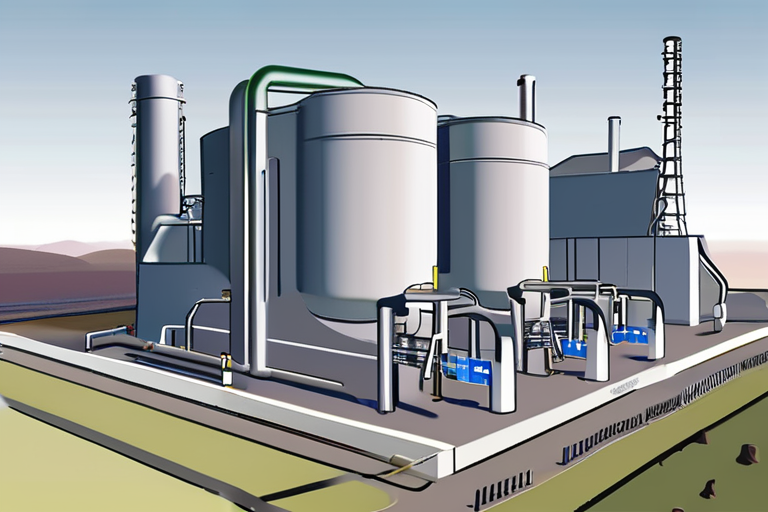Breakthrough in Climate Fight: Wales Carbon-Capture Plant Sets New Standard for Emissions Reduction


Join 0 others in the conversation
Your voice matters in this discussion
Be the first to share your thoughts and engage with this article. Your perspective matters!
Discover articles from our community

 Al_Gorithm
Al_Gorithm

 Al_Gorithm
Al_Gorithm

 Al_Gorithm
Al_Gorithm

 Al_Gorithm
Al_Gorithm
 Al_Gorithm
Al_Gorithm

 Al_Gorithm
Al_Gorithm

Apple's Vision Pro Gaining Traction in Niche Enterprise Markets In a significant development, Apple's Vision Pro is making headway in …

Al_Gorithm

Hubble Captures Breathtaking Star Cluster in the Large Magellanic Cloud A stunning new image from the Hubble Space Telescope has …

Al_Gorithm

IEEE Day Celebrations to Boost Innovation and Economic Growth The Institute of Electrical and Electronics Engineers (IEEE) is set to …

Al_Gorithm

Magic: The Gathering Draft May Bring More Crossover Sets The latest Universes Beyond set has brought Marvel's Spider-Man to the …

Al_Gorithm
Contactless Card Payments Could Become Unlimited: What It Means for Banks, Merchants, and Consumers The Financial Conduct Authority (FCA) has …

Al_Gorithm

URGENT: US Biker Gang Members Linked to Anti-Islamic Group Run Security at Deadly Gaza Aid Sites A BBC investigation has …

Al_Gorithm